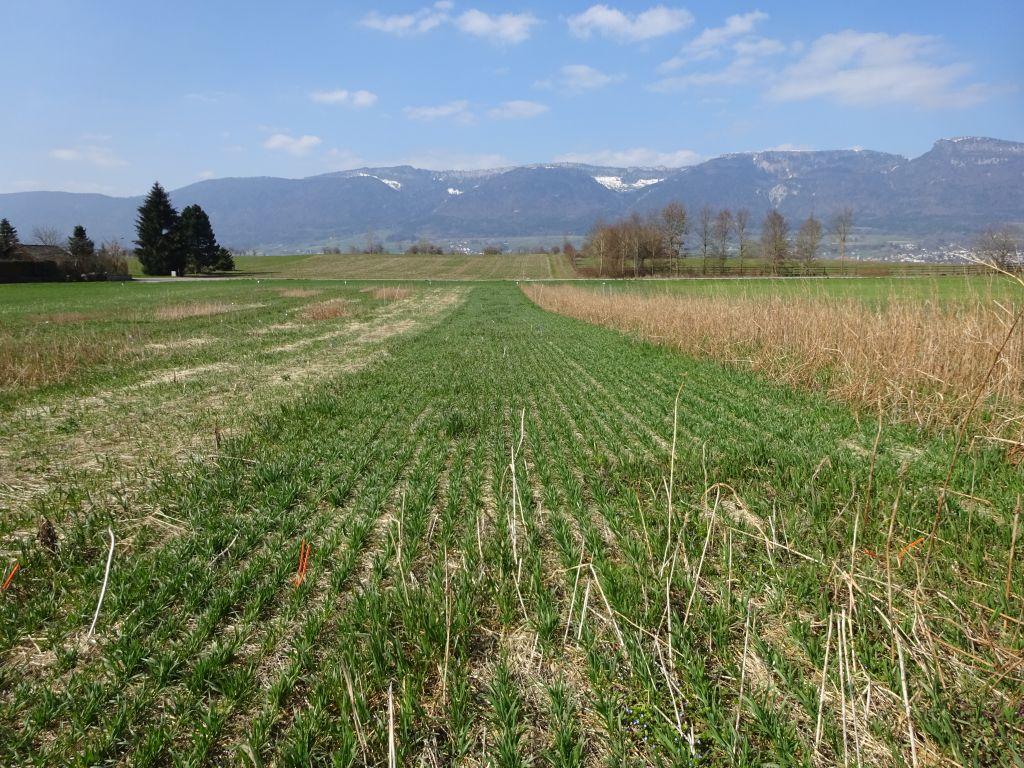"Cover crops" project completed

Leguminosae, particularly field peas and vetches, that are grown as cover crops between two main crops, suppress weeds efficiently and produce more nutrients for successive crops.
Cover crops are successful if they are sowed immediately after the previous crop is harvested and if the cover crop is carefully selected in view of the expected benefits. Where suitable seeding technologies are used, cover crops can also ensure the growth of winter wheat in fields with a dense soil cover. Yields are generally higher. At the same time, less money and effort need to be put into weed control.
Judicious use of cover crops in conservation agriculture means fewer auxiliary substances have to be used. The application can be taken over directly in practice without modifications. Three key factors are important: choice of cover crops, seeding time and seeding technique. Although cover crops are intended to protect the soil and do not produce a direct yield, they can contribute to the economic success of crop farming.
